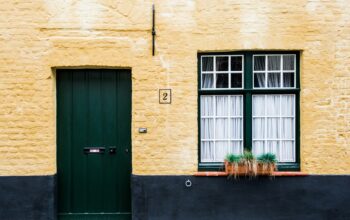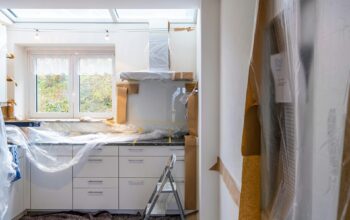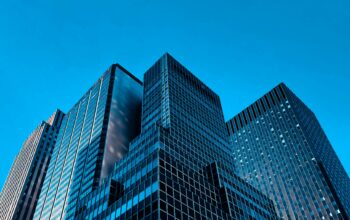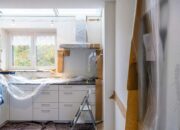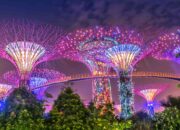Uzone.id – This sector of world architecture is also known to change along with the enhancement in technology. People not just live or work in modern buildings but turn buildings into something more: innovation and sustainability. Below, we present 5 structures, which bring new technology to life and turn into symbols of modern day architecture.
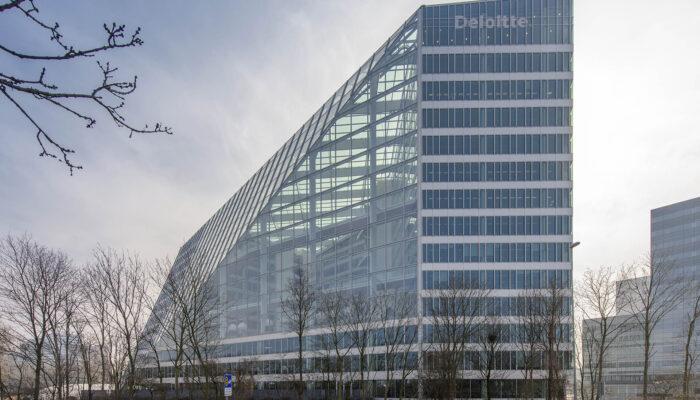
1. The Edge, Amsterdam, Netherlands
Known as the world’s smartest building, The Edge in Amsterdam is a perfect example of how technologies can produce the best conditions to work. High-tech sensors installed in the building and across the estate include 28,000 sensors to determine space occupancy, natural light exposure, temperature, and air quality. All these are in a way that is useful in afterwards analyzing with the purpose of controlling climate conditions inside building and maintaining the same at a comfortable and efficient level. Additionally, the workers can also regulate their workspace personally through an application in his/her smartphone.
“We have done this experiment and come to know that technology make a workspace healthier and more productive.’ The Edge has been built and designed in a way to prove the above-stated idea of Erik Ubels, the Project Director of The Edge.
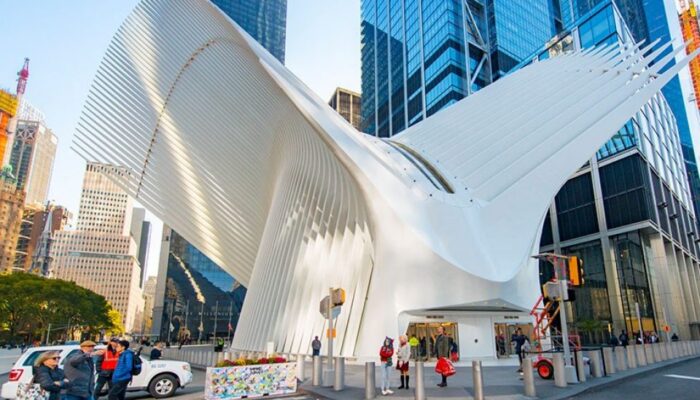
2. The Oculus, New York City, United States
The Station is situated in the World Trade Center site and known as The Oculus; this building is modern and has an impressive appearance with high technology elements. The glass walls in the room are clear so it will be full with light and the environment will be rather cheerful. Furthermore, another technique implemented is the use of an advanced light system which gives an intriguing outlook especially at night.
”The Oculus is a transportation hub that symbolizes New York City’s rebirth; it has a masterpiece that features the most creative lighting technology. – Santiago Calatrava, Architect of The Oculus.
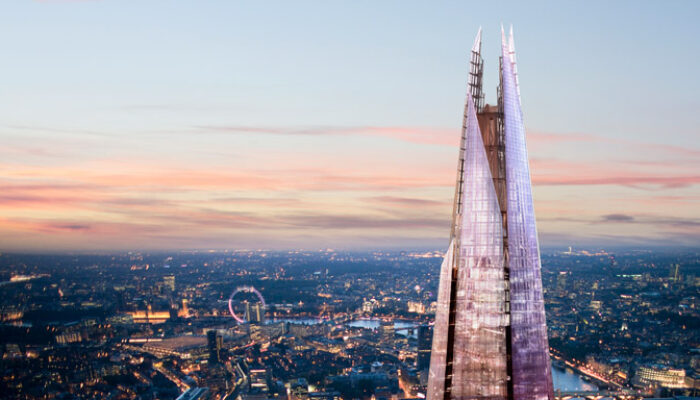
3. The Shard, London, England
The Shard is only 310 meters high and yet it is among the tallest structures that dominate the European skyline. Nevertheless, the special feature that characterizes it is the lighting technology with which its facade is equipped. This structure includes greater than eleven thousand pieces of reflective glass to provide the building a beautiful light impact at night. However, The Shard also has a facility of the fastest elevator in Europe that can transport the people at the top of the building within 45 seconds.
“The Shard is a new symbol; it is new and interesting, and has a contemporary architecture to it yet is within the possession of the modernity of today London” – Renzo Piano the architect of The Shard.
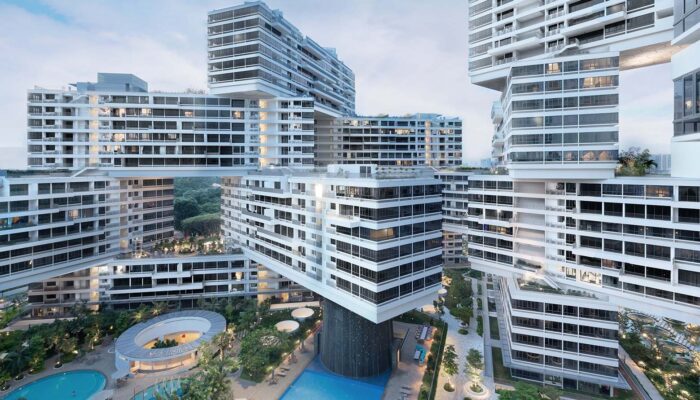
4. The Interlace, Singapore
The Interlace is one of the new housing complexes completed in Gujo City and the exteriors of the buildings were designed in the shape of stacked boxes. In other ways, the building has been designed to allow fresh and cool air to circulate freely, thereby allowing reduced energy use. To maintain healthy living conditions the balcony is provided for each apartment and opens to a beautiful view of greenery.
”We wanted to invent a building that is more in touch with its natural environment: The Interlace is such an experiment that has to change the future of urban environments. ” – The Architect of The Interlace, Ole Scheeren.
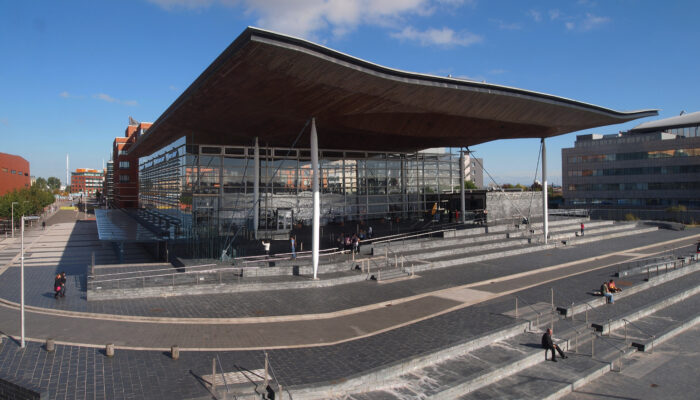
5. The Senedd, Wales
In this case, the Welsh parliament building, The Senedd aptly exemplifies a structure of green building that features the traditional themes in Welsh architecture with some of the modern technology in their construction. The building has a roof which contains solar panels and electricity producing systems while the heating and cooling of the room is done using water from underground. Also, there is a natural lighting system that is enhanced to ensure that energy consumption is conserved in the building.
“The Senedd is more than just a parliament building. It is a symbol of Wales’ identity and our commitment to sustainability. By combining tradition with innovation, we have created a building that will inspire generations to come.” – Richard Rogers, Architect of The Senedd.


